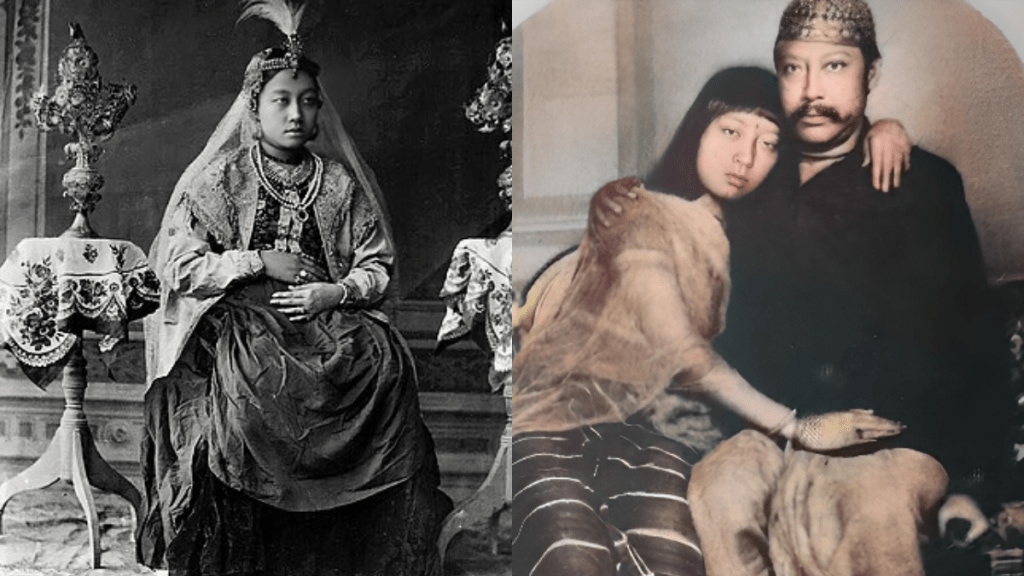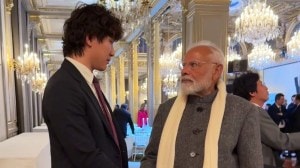In the age of smartphones and social media, the concept of capturing a moment through a selfie has become second nature to us. From casual outings to momentous celebrations, we find ourselves instinctively reaching for our phones, snapping selfies that capturing our emotions and experiences. Little do we realize that the roots of this trend stretch back much further than the digital age.
The more you delve into India’s history, the more we get to know how ahead of time we where. India’s very first selfie was captured in the late 19th century, a captivating tale that revolves around the visionary Maharaja Bir Chandra Manikya and his equally remarkable queen, Maharani Manmohini Devi of Tripura.
In the annals of Indian history, there are stories that transcend time and capture the imagination of generations. Among these tales of legacy and innovation, one remarkable chapter is etched by the visionary Maharaja Bir Chandra Manikya and his enterprising consort, Maharani Manmohini Devi of Tripura. Not only did they play pivotal roles in shaping the modern era of Tripura, but they also etched their names in history by creating what is believed to be India’s first selfie in the year 1880.
Architects of modern Agartala
The dawn of modernity in Tripura found its beacon in Maharaja Bir Chandra Manikya. His reign, from 1862 to 1896, witnessed a transformation that introduced contemporary administrative practices and elevated the status of Tripura. Among his numerous contributions, perhaps the most enduring was the establishment of Agartala as a modern city. Urbanization initiatives commenced in 1862, with the foundation of Agartala Municipality following in 1871. The architectural evolution of Agartala was a testament to his vision.
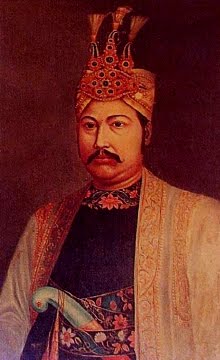
The king and queen’s passion for photography
Being a king has its perk! You might be wondering how could anyone take a photograph let alone selfie when camera weren’t a thing in India? Well, that isn’t completely true. Camera was available for the elite class in India especially Europeans.
Maharaja Bir Chandra Manikya’s pioneering spirit was not confined to governance and urbanization alone; it extended to the realm of photography. An enthusiast and practitioner, he organized the first-ever annual photographic exhibition within the regal walls of his palace. The Foto ka Karkhana, a fully equipped studio, emerged from the shadows of history in Madho Niwas, revealing the Maharaja’s ardor for capturing moments frozen in time.
And when he married his third wife, Rani Manmohini Devi, she became interested with photography as well. She turned out to be a natural at it, and she went on to become a master photographer, adding her own artistic views to the area.
Over the next century, her story encouraged generations of Indian women to pick up a camera.
Frozen in time: India’s first selfie
The moment arrived when Maharaja Bir Chandra Manikya decided to capture a tender moment with his queen, Maharani Manmohini Devi. In1880, the royal couple posed, with the Maharaja’s arm affectionately encircling his queen’s shoulders Take a closer look at the King’s right hand. He is holding a shutter trigger. This is India’s first selfie.
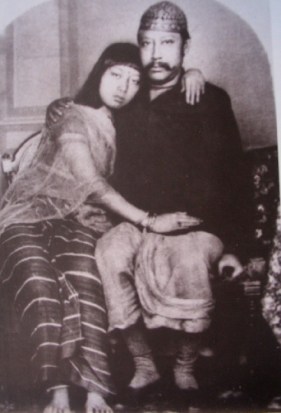
In the 1880s, the realm of photography was predominantly dominated by Europeans. However, in the midst of this nascent art form’s growth in India, Maharaja Bir Chandra Manikya stood out as an exception. His photograph, characterized by the endearing closeness of the royal couple, deviated from the customary stoic compositions of that era. The Maharani’s head resting on her husband’s shoulder, their arms intertwined, revealed an intimacy that was seldom depicted. This was a portrait that resonated with emotion, intimacy, and innovation.
Maharani Manmohini Devi’s legacy
She trained as a royal photographer under her husband’s guidance and staged photography exhibitions in the palace where both of their images were displayed. The Camera Club of the Palace of Agartala was featured in the May 1890 issue of the Journal of the Photographic Society of India, under the title “The Camera Club of the Palace of Agartala.” She is recognized as India’s first female photographer.
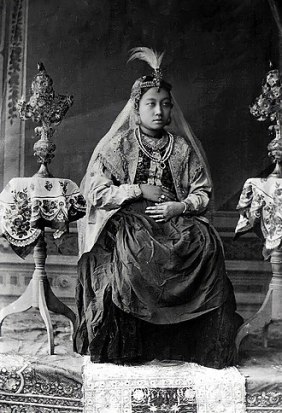
A Selfie’s unconventional freedom
In an era where queens were bound by tradition and veils, a selfie emerged as an embodiment of freedom for Maharani Manmohini Devi. Behind the camera, she could break the shackles and present herself as an empowered individual, capturing moments on her terms.
Legacy continued by their sons
Maharaja Bir Chandra Manikya and Maharani Manmohini Devi’s contributions reverberated through the corridors of history. While they left this world in 1896 and 1905 respectively, their legacy endured through generations. Their descendants, including sons Samarendra Chandra Dev Burman, Radha Kishore, and Brajendra Kishore, upheld the family’s photographic tradition, contributing to the evolution of the medium.
Today, the images captured by the Tripura royals continue to grace exhibitions across India. Among these, the image believed to be India’s first selfie stands as a testament to their innovative spirit, their defiance of tradition, and their unwavering commitment to the art of photography.
In a world where pixels and filters dominate our photographic landscape, it is worth remembering the pioneers who crafted moments with film, chemicals, and an unyielding passion for freezing time. The first selfie might have been a product of royalty, but its impact resonates with all who seek to capture life’s fleeting instants.

